Calathea Ornata, also known as the Pinstripe plant, is a popular and striking houseplant that is native to the tropical forests of South America. This plant is known for its unique foliage, which features deep green leaves with thin pink or white stripes running perpendicular to the veins.
In this article, we'll explore the characteristics and care of the Calathea Ornata, as well as some tips for growing this beautiful plant.
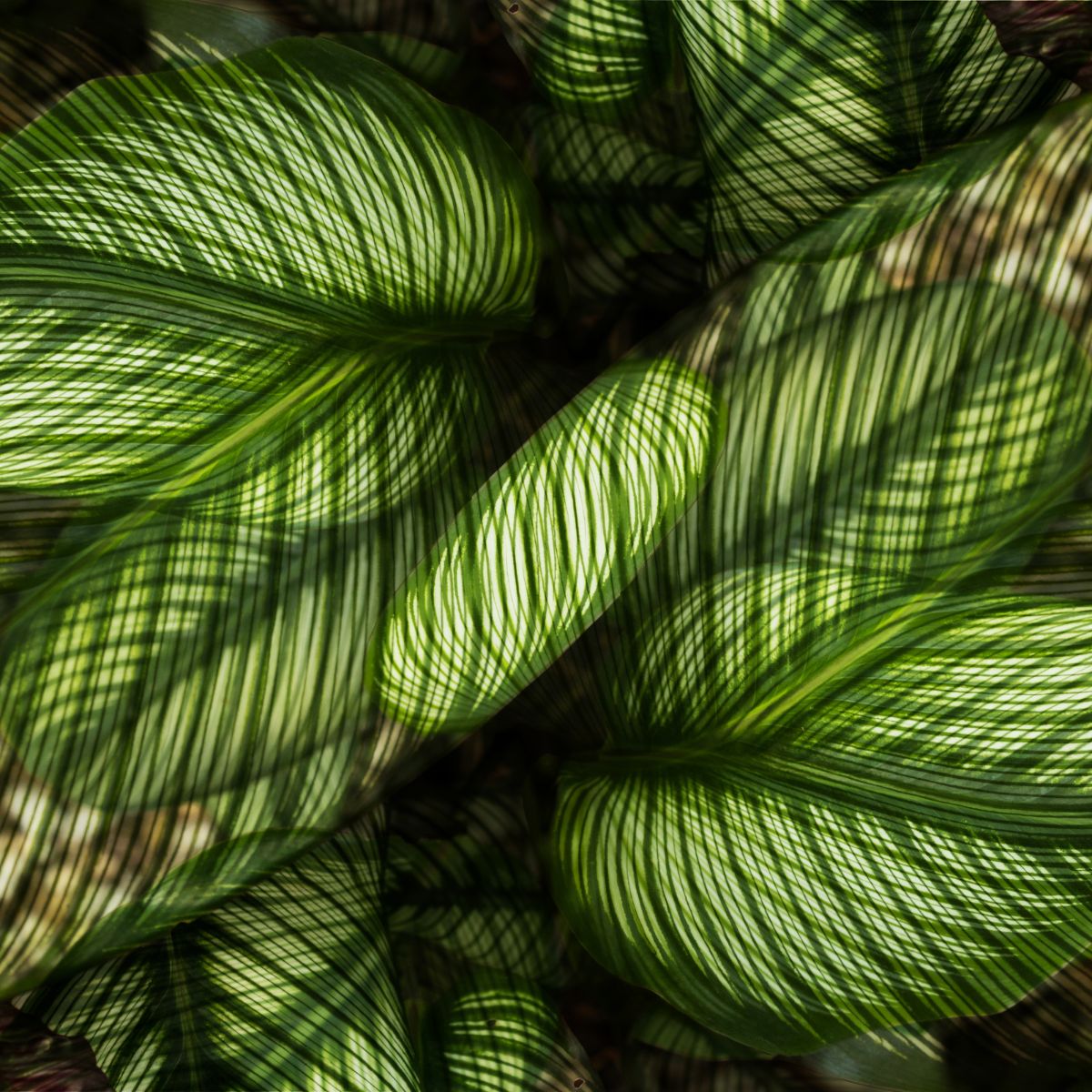
Read Next
Characteristics of Calathea Ornata
The Calathea Ornata is a member of the Marantaceae family, which includes a number of other popular houseplants such as the prayer plant and the rattlesnake plant. This plant has large, oblong leaves that can grow up to 12 inches long, and typically reach a mature height of 2-3 feet tall.
The striking pink or white stripes on the leaves are what give this plant its unique look and make it a popular choice for adding visual interest to any indoor space.
Table 1: Characteristics
| Calathea Ornata | Characteristics |
|---|---|
| Common Names | Pinstripe Plant |
| Scientific Name | Calathea Ornata |
| Family | Marantaceae |
| Native Habitat | Tropical forests of South America |
| Foliage | Large, oblong leaves with pink or white stripes |
| Plant Size | Up to 3 feet tall |
| Light | Bright, indirect light; avoid direct sunlight |
| Water | Consistently moist soil; avoid waterlogged soil |
| Humidity | High humidity; regular misting or a humidifier |
| Temperature | Prefers temperatures between 60 and 75 degrees Fahrenheit |
| Fertilizer | Balanced, water-soluble fertilizer every 2-3 weeks |
| Potting | Well-draining potting mix that is high in organic matter; add perlite or orchid bark to improve drainage |
These are general characteristics, and different cultivars of this plant may have slightly different characteristics. However, by understanding these basic characteristics, you can better care for your Calathea Ornata and enjoy its unique and striking foliage.
Calathea Ornata Care
The care of the Calathea Ornata plant is a relatively low-maintenance houseplant, but there are a few things to keep in mind when caring for this plant. Here are some tips:
- Light: Calathea Ornata prefers bright, indirect light. Avoid placing it in direct sunlight, as this can scorch its leaves. If the plant isn't getting enough light, its foliage may become dull and the pink stripes may fade.
- Water: This plant prefers consistently moist soil, but not waterlogged. Water it when the top inch of soil feels dry to the touch, and make sure to empty any excess water from the saucer.
- Humidity: Calathea Ornata prefers high humidity, and will appreciate regular misting or a humidifier. You can also place a tray of water near the plant to increase the humidity around it.
- Temperature: This plant prefers temperatures between 60 and 75 degrees Fahrenheit, and will not tolerate temperatures below 55 degrees.
- Fertilizer: Feed your plant with a balanced, water-soluble fertilizer every 2-3 weeks during the growing season.
- Potting: This plant prefers a well-draining potting mix that is high in organic matter. You can also add perlite or orchid bark to improve drainage.
In addition to these tips, it's also worth noting that Calathea Ornata can be sensitive to changes in its environment, such as drafts or sudden changes in temperature or humidity. To keep your plant healthy and happy, try to maintain a consistent environment with stable temperatures and humidity levels.
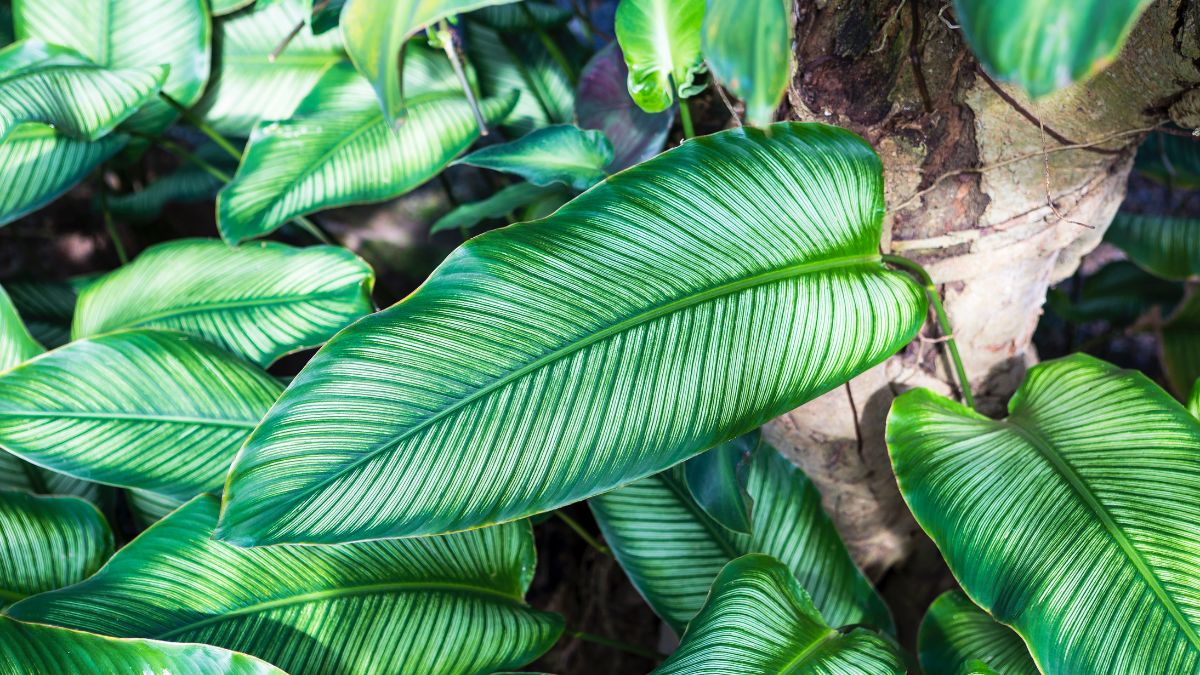


Calathea Ornata Leaves Curling
Curling leaves can be a sign that the plant is not receiving the proper care it needs. Here are some common reasons why the leaves may be curling and what you can do to remedy the issue:
- Lack of humidity: Calathea Ornata prefers a humid environment, and if the air is too dry, the leaves can start to curl. To increase humidity, you can mist the leaves with water, place a humidifier near the plant, or set the plant on a tray of pebbles filled with water.
- Underwatering or overwatering: If the soil is too dry or too wet, the leaves can start to curl. Make sure the soil is moist but not waterlogged, and water the plant when the top inch of the soil feels dry to the touch.
- Too much direct sunlight: Calathea Ornata prefers bright, indirect light and can be sensitive to direct sunlight. If the plant is getting too much sun, the leaves may curl or develop brown spots. Move the plant to a spot with more shade.
- Pest infestation: If the leaves are curling and there are signs of pests like spider mites or mealybugs, treat the plant with a natural insecticide or insecticidal soap.
- Temperature fluctuations: The plant can be sensitive to temperature changes and may start to curl if the plant is exposed to drafts or sudden changes in temperature. Keep the plant in a stable environment with consistent temperature and humidity levels.
By addressing the underlying cause of the curling leaves, you can help your Calathea Ornata recover and thrive.
Propagation
Propagation of Calathea Ornata Calathea Ornata can be propagated through division, which involves separating a section of the plant and potting it in fresh soil. This is best done in the spring or summer when the plant is actively growing.
To divide your Calathea Ornata, gently remove it from its pot and carefully separate the roots. Plant each section in its own pot with fresh soil and water well.
Conclusion
In conclusion, Calathea Ornata is a unique and striking houseplant that is relatively easy to care for. By following these care tips, you can help your Calathea Ornata thrive and enjoy its beautiful foliage for years to come.

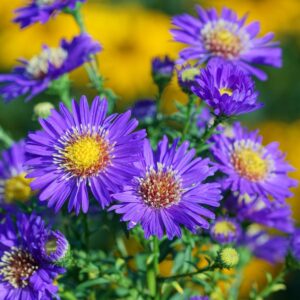

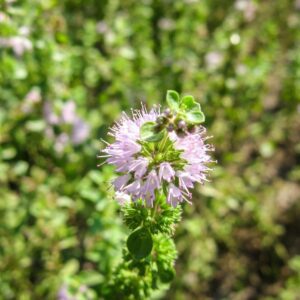
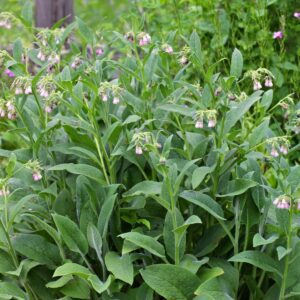
Comments
No Comments